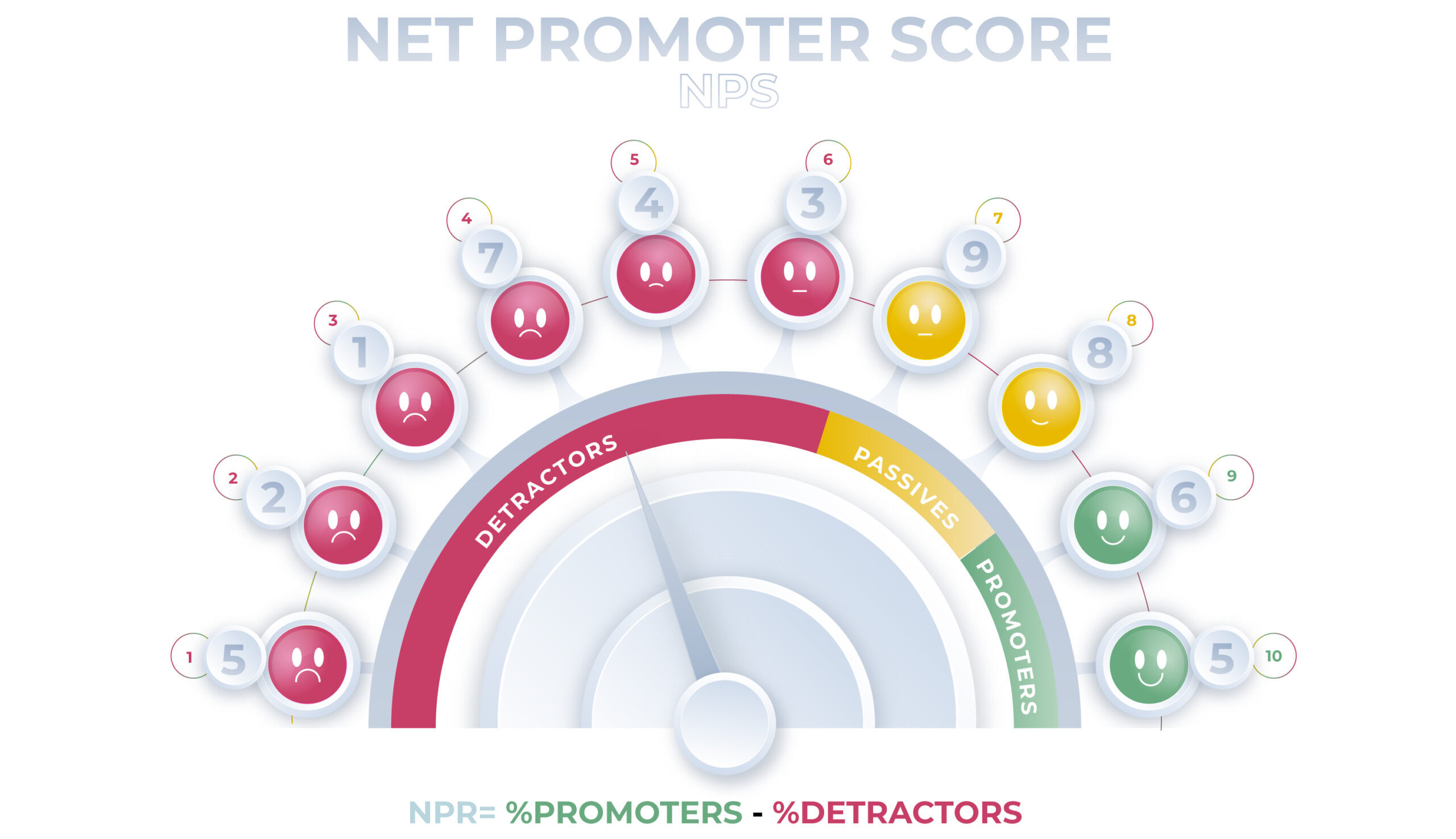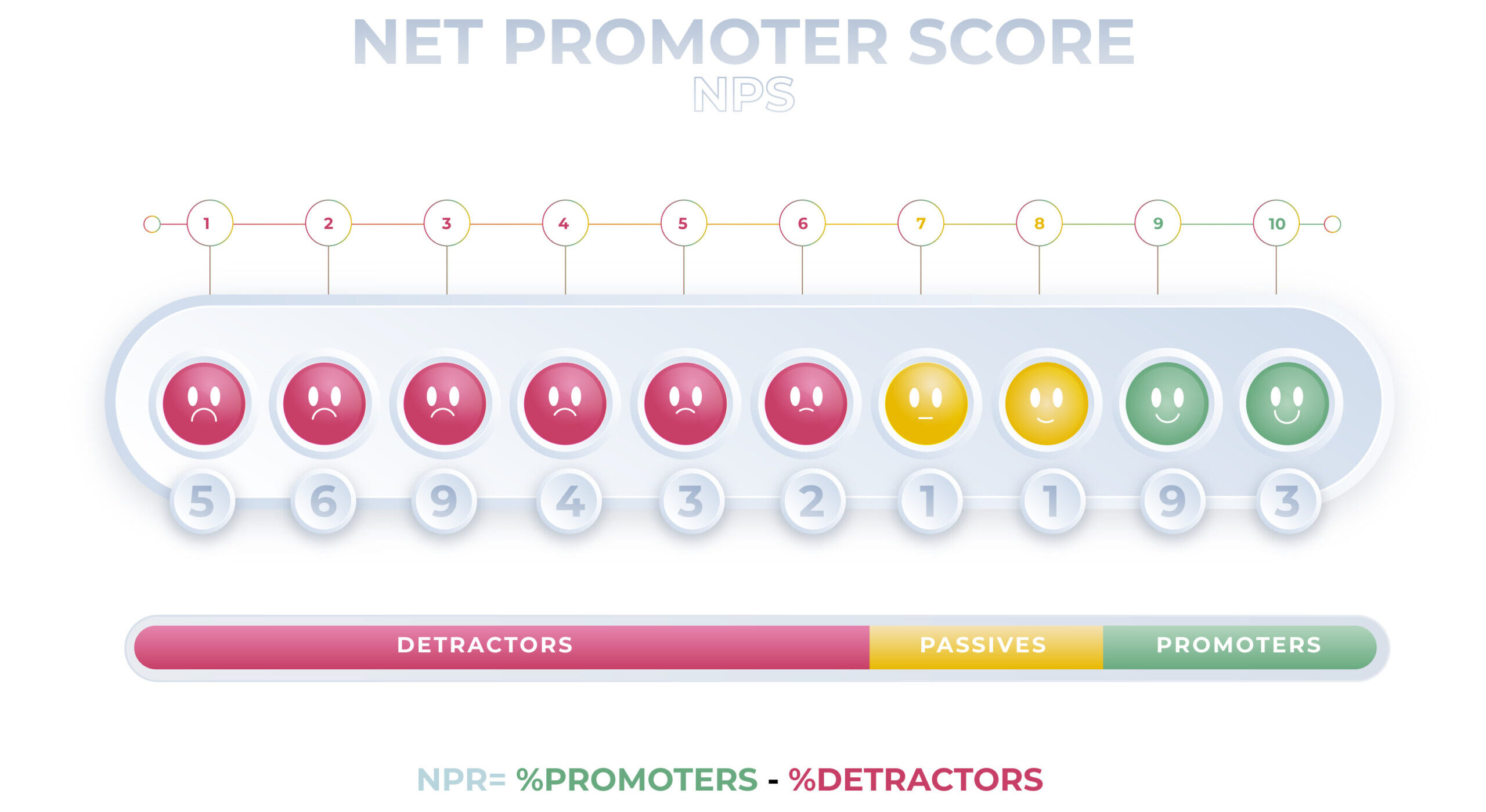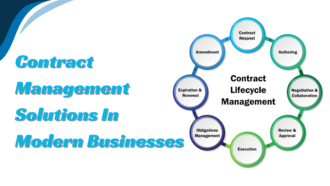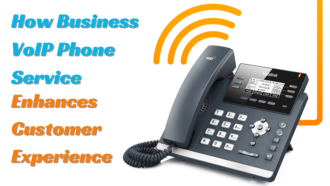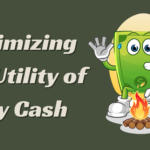Net Promoter Score: What Is It and Why Do You Need It?
- 1 What is the Net Promoter Score (NPS)?
- 2 Why You Should Care About NPS
- 2.1 A Clear Measure of Customer Loyalty
- 2.2 Competitive Advantage
- 2.3 Growth Opportunities
- 2.4 Continuous Improvement
- 3 How is NPS Measured?
- 4 Using NPS as an Indication of Customer Satisfaction
- 4.1 Segment Your Customer Base
- 4.2 Gather Qualitative Feedback
- 4.3 Track NPS Over Time
- 4.4 Set Clear Goals
- 5 What to Do When Your NPS Isn’t Looking as Good as You’d Like
- 5.1 Investigate Detractors’ Feedback
- 5.2 Reach Out to Detractors
- 5.3 Improve Your Product or Service
- 5.4 Communicate Changes
- 6 Case Study: Leveraging NPS for Success
- 6.1 The Challenge
- 6.2 Implementing NPS
- 6.3 Taking Action
- 6.4 Monitoring Progress
- 6.5 The Result
- 7 Wrapping It Up
If you’re running a business, you’ve probably heard of Net Promoter Score (NPS) at some point. But do you know what it is and why it’s so crucial for your success?
In this ultimate guide, we’ll dive deep into NPS, covering everything from what it is and why you should care about it, to how it’s measured and what to do when it’s not looking as good as you’d like.
So, let’s get started on our journey to understanding the power of NPS!
What is the Net Promoter Score (NPS)?
Net Promoter Score, or NPS, is a widely used metric that measures customer loyalty and gauges overall customer satisfaction with a company or product. It was introduced by Fred Reichheld in a Harvard Business Review article in 2003. NPS is based on one simple question:
On a scale of 0 to 10, how likely are you to recommend our product/service to a friend or colleague?
Respondents are then categorized into three groups based on their ratings:
- Promoters (Score 9-10): These are your loyal and enthusiastic customers. They are likely to recommend your product or service to others, and their positive word-of-mouth can significantly benefit your business.
- Passives (Score 7-8): Passives are satisfied but not enthusiastic customers. They are less likely to promote your product and can easily switch to a competitor if offered a better deal.
- Detractors (Score 0-6): Detractors are dissatisfied customers who may damage your reputation through negative word-of-mouth. They are unlikely to recommend your product and can even discourage potential customers.
To calculate your NPS, you subtract the percentage of detractors from the percentage of promoters, which results in a score between -100 and 100. The higher your NPS, the more likely your customers are to recommend your business.
Why You Should Care About NPS
A Clear Measure of Customer Loyalty
NPS is a straightforward way to measure customer loyalty. Knowing your customers’ likelihood of recommending your business can help you understand how satisfied they are with your product or service. Happy customers become loyal customers, and loyalty is essential for long-term success.
Competitive Advantage
A high NPS can give you a significant edge over your competitors. Customers are more likely to choose a company with a strong reputation for customer satisfaction. In a world where consumers have numerous options, being the preferred choice can make all the difference.
Growth Opportunities
Promoters not only recommend your product but also tend to spend more on your offerings. A high NPS means you have a base of loyal customers who can drive revenue growth. These customers are more likely to purchase additional products or services and become long-term, repeat buyers.
Continuous Improvement
By monitoring your NPS, you gain insights into areas where your business can improve. Detractors’ feedback can be used to identify problem areas and address issues, making your product or service better and more competitive.
How is NPS Measured?
We’ve already covered the basic questions used to calculate NPS, but it’s important to understand the process in more detail.
Here’s a step-by-step guide to measuring NPS:
- Ask the NPS Question: Send the NPS question to your customers, either through email surveys, in-app pop-ups, or after a customer service interaction. Ensure that you give them the option to rate on a scale from 0 to 10.
- Categorize Respondents: Group respondents into Promoters, Passives, and Detractors based on their scores.
- Calculate Your NPS: Subtract the percentage of Detractors from the percentage of Promoters to obtain your NPS score.
The resulting score provides a snapshot of your customer’s overall satisfaction and loyalty. However, it’s important to note that NPS is most effective when used in conjunction with other customer satisfaction metrics and qualitative feedback to gain a comprehensive understanding of your customers’ experiences. Which brings us to our next point.
Using NPS as an Indication of Customer Satisfaction
NPS is more than just a number; it’s a valuable tool for understanding and improving customer satisfaction. Here’s how you can use NPS effectively to gauge customer happiness:
Segment Your Customer Base
Analyze your NPS scores by segmenting your customer base. This can reveal whether certain customer groups are consistently happier or more dissatisfied with your product or service. For example, you might discover that long-time customers are generally happier than new customers.
Gather Qualitative Feedback
While NPS provides a quantitative score, it’s crucial to supplement this data with qualitative feedback. Ask your customers why they gave the score they did. What do they love about your product, and what could be improved? This additional context is invaluable for making meaningful changes. Solutions like Sogolytics use NLP and Sentiment Analysis to gain deeper insights into this sort of data.
Track NPS Over Time
NPS is not a one-time measurement. Regularly track your NPS scores over time to identify trends. If your score is consistently improving, you’re on the right track. If it’s declining, it’s a sign that you need to address issues promptly.
Set Clear Goals
Establish NPS goals for your company. Determine what NPS score you want to achieve and by when. Make it a part of your company’s key performance indicators (KPIs) and align your team’s efforts to meet these goals.
What to Do When Your NPS Isn’t Looking as Good as You’d Like
NPS is a fantastic metric, but what do you do when your score isn’t as high as you’d hoped? Here are steps to take when your NPS isn’t looking great:
Investigate Detractors’ Feedback
Start by analyzing the feedback from your detractors. What are the common themes or issues that they’re raising? Use this information to address their concerns and make improvements to your product or service.
Reach Out to Detractors
Don’t just collect feedback; take action. Reach out to detractors individually to understand their specific issues and offer solutions. This proactive approach can sometimes turn detractors into passives or even promoters.
Improve Your Product or Service
Use the feedback from both detractors and passives to drive improvements. Consider making changes based on their suggestions to enhance your offering and, in turn, boost customer satisfaction.
Communicate Changes
When you’ve made improvements based on customer feedback, communicate these changes to your customers. Let them know that you’re listening and taking their concerns seriously. This can rebuild trust and improve their perception of your brand.
Net Promoter Score is a powerful tool for measuring customer loyalty and satisfaction. It provides valuable insights that can help your business grow, compete effectively, and continuously improve.
Case Study: Leveraging NPS for Success
To better illustrate the impact of NPS and its role in business growth, let’s explore a hypothetical case study of a software company, TechSolutions Inc.
The Challenge
TechSolutions Inc. was experiencing stagnant growth and had concerns about customer satisfaction. They decided to implement NPS to gain a deeper understanding of their customers’ loyalty and identify areas for improvement.
Implementing NPS
- Gathering NPS Scores: TechSolutions Inc. initiated NPS surveys after every customer interaction and sent periodic email surveys to their entire customer base.
- Analyzing Results: After collecting NPS responses, they categorized customers into Promoters, Passives, and Detractors. They calculated their initial NPS score and realized they had an NPS of 25, indicating room for improvement.
- Gathering Feedback: They reviewed the feedback provided by Detractors and Passives, identifying common issues such as slow customer support response and outdated software features.
Taking Action
- Customer Support Enhancement: TechSolutions Inc. addressed customer support issues by increasing their support team’s efficiency. They hired more support staff and implemented a better ticketing system, which resulted in faster response times.
- Product Updates: To address product-related concerns, they rolled out a series of software updates with improved features, addressing customer pain points.
- Individual Outreach: TechSolutions Inc. reached out to Detractors and Passives personally, apologizing for any inconvenience and informing them about the changes they were making. They offered discounts and free trials to re-engage these customers.
Monitoring Progress
TechSolutions Inc. continued to measure its NPS every quarter. Over time, their NPS score improved significantly. After a year of consistent effort, their NPS reached 60, indicating a substantial increase in customer loyalty and satisfaction.
The Result
With their improved NPS, TechSolutions Inc. noticed significant business benefits:
- Customer Retention: Fewer customers were leaving for competitors, resulting in increased customer retention.
- Referral Business: Promoters began referring more clients to TechSolutions Inc., contributing to a natural increase in the customer base.
- Revenue Growth: With happier customers and more referrals, TechSolutions Inc. experienced steady revenue growth.
Wrapping It Up
Net Promoter Score (NPS) is not just a simple number; it’s a powerful indicator of your customers’ loyalty and satisfaction. By understanding NPS, implementing it effectively, and using it as a driver for continuous improvement, you can boost your company’s growth and success.
So, if you’re not already utilizing NPS in your business, it’s time to start. Implement NPS surveys, analyze the feedback, and take action to enhance your customer experience. It’s a journey that may have its ups and downs, but in the end, your efforts will be rewarded with increased customer loyalty, sustainable growth, and a thriving business.


